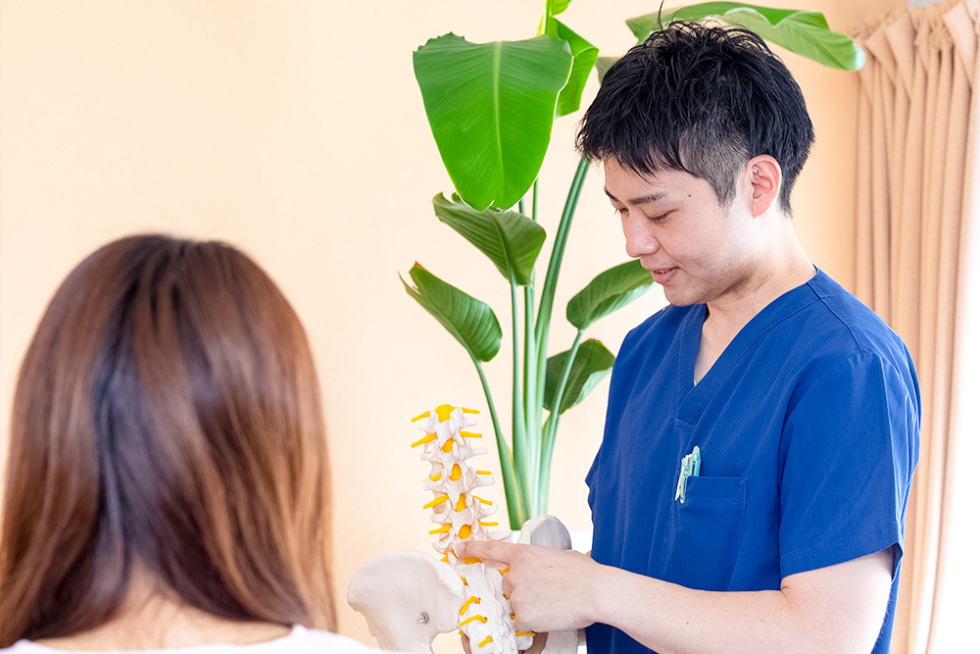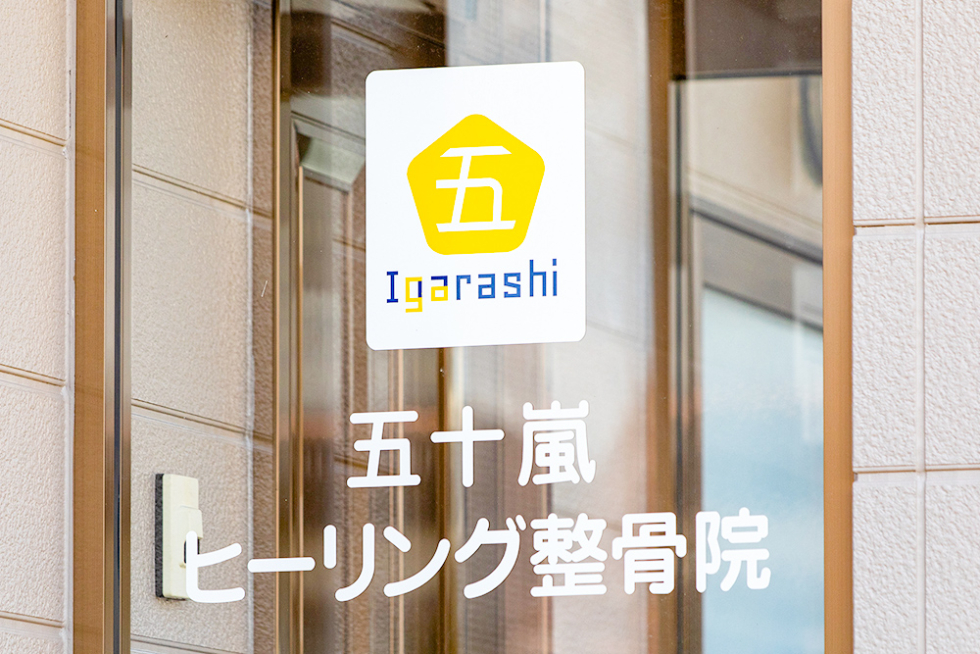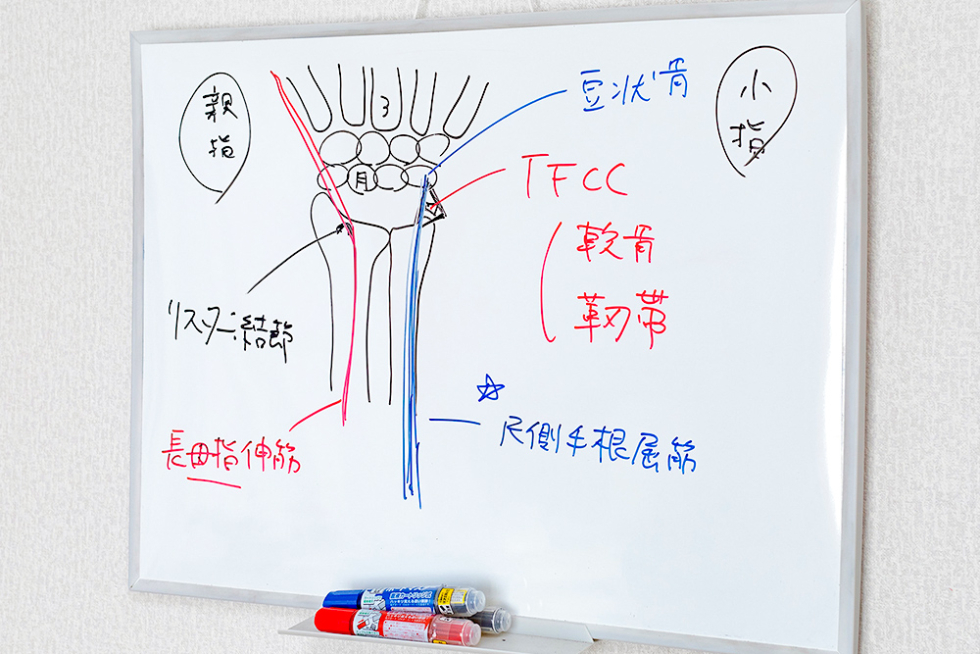椎間板の性質 Intervertebral disc properties
腰椎椎間板ヘルニア腰痛・坐骨神経痛
2019年11月2日
骨と骨の間にある椎間板は中心部に髄核というゼラチンの様な物質があります。
この髄核には水分の他、タンパク質・糖質・ナトリウム・カルシウムが存在していて、これらは水分を引き込む作用があり、それにより緩衝材の役割を果たします。
椎間板と背骨では常に水分などの物質をやりとりが行われていて、圧力がかかると水分が放出され、圧力が減ると椎間板に水分が戻ってきます。ちょうど高野豆腐を箸でつまむと汁が出てきて、離すとまた汁を吸い込むのと似ています。
ということは夜寝ている時は、重力がかかりませんので椎間板はパンパンに水分を含んだ状態にあります。
また椎間板は前屈みになると後ろへ飛び出してくる性質があります。
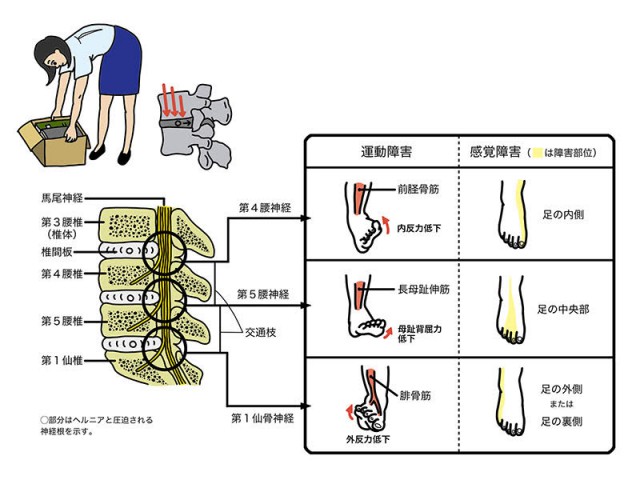
この状態で朝、顔を洗ったり着替えで靴下を履こうとした時に耐えきれなくなった椎間板が内側から神経を圧迫する事があります。
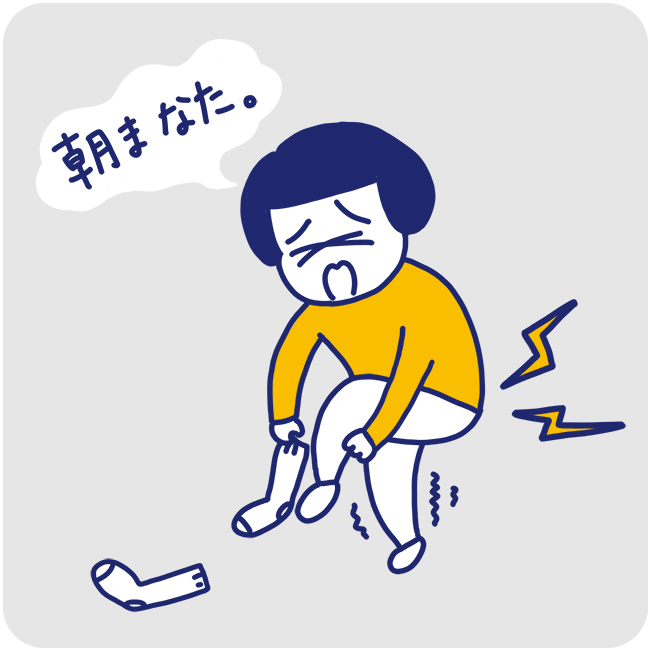
水分は年齢と共に失われていきます。朝の方が身長が高かったり、加齢で身長が縮むのはこの為です。
(若いときの含水率は88パーセントに及びます。)
The intervertebral disc between the spine has a gelatinous substance called nucleus pulposus in the center.
The nucleus pulposus contains protein, carbohydrates, sodium, and calcium in addition to water, and these have the action of drawing water, thereby acting as a shock absorber.
The intervertebral disc and spine are constantly exchanging water and other substances. When pressure is applied, the fluid is released, and when the pressure decreases, the fluid returns to the disc. Just like picking “Koya-dofu” with chopsticks, the soup comes out and releasing it is similar to sucking the soup again.
This means that when you are sleeping at night, gravity is not applied, so the intervertebral disc is swollen.
In addition, the intervertebral disc has the property of jumping out backwards when bent forward.
In this state, when you try to put on socks changing your clothes in the morning, or washing your face the intervertebral disc that can not withstand may press the nerve from the inside.
Moisture is lost with age. This is why the height is higher in the morning and the height shrinks with aging.
(The moisture content when young is 88%.)

